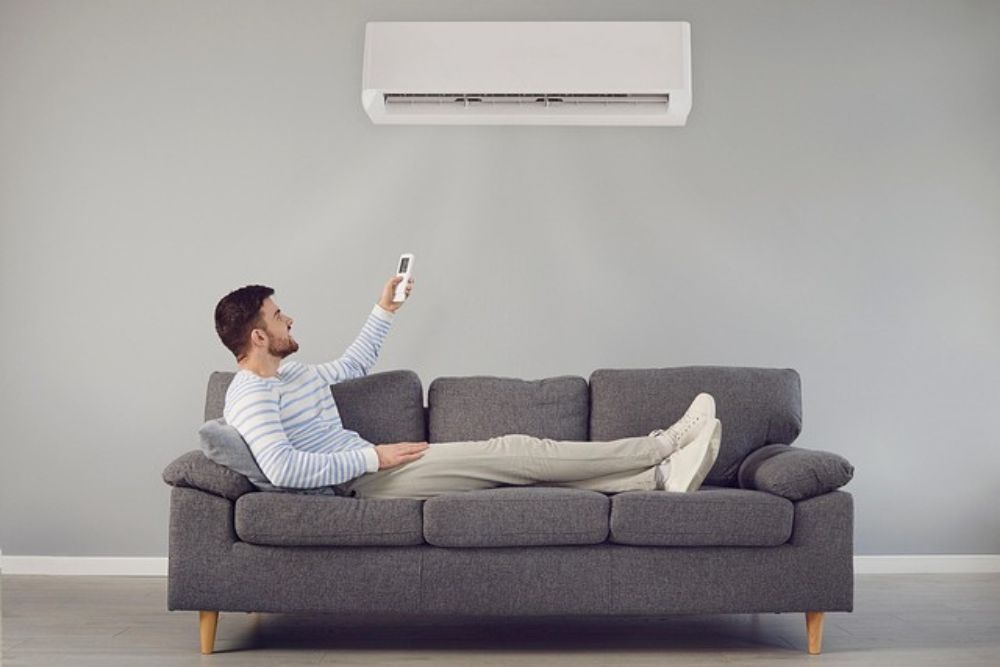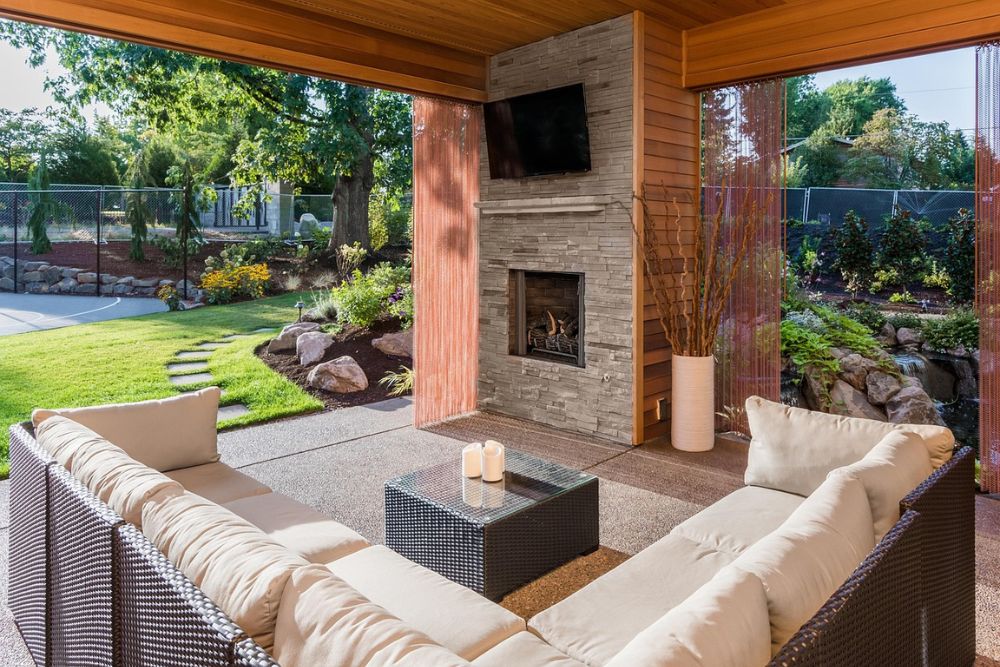A Guide to Navigating Ductless Air Condition Installation Services
Riley Patel
2025-10-18
6 min read

Ductless air conditioning systems offer an efficient and flexible solution for cooling and heating spaces without traditional ductwork. Whether upgrading an existing system or installing one for the first time, understanding the process can help ensure a smooth experience. This guide covers essential steps for selecting, installing, and maintaining a ductless air conditioning system.
Understanding Ductless Air Conditioning Systems
Unlike conventional systems that rely on ducts to distribute air, a ductless system consists of an outdoor unit connected to one or more indoor units. This setup allows for zoned temperature control, leading to benefits such as:
- Energy Efficiency – Ductless systems often use inverter technology to optimize energy consumption.
- Individual Room Control – Different areas can be set to different temperatures for personalized comfort.
- Quiet Operation – Many models run more quietly than traditional HVAC systems.
- Easy Installation – No major ductwork is required, making installation faster and less invasive.
Researching Installation Services
Finding a qualified installer is crucial for ensuring the system operates efficiently. Consider the following when searching for a professional:
- Check Reviews & Recommendations – Look for feedback on trusted websites and ask friends or neighbors for recommendations.
- Verify Licenses & Experience – Choose an installer with proper certifications and experience in ductless systems.
- Request Estimates – Compare quotes from multiple professionals to ensure fair pricing.
- Ask About Past Projects – Reliable contractors should be able to provide references or examples of previous installations.
Key Questions to Ask Installers
Before hiring a service provider, ask important questions to clarify the installation process and avoid surprises:
- What is the estimated cost and timeline for installation?
- How will the indoor and outdoor units be positioned?
- What kind of warranty is included with the system?
- Are maintenance services available after installation?
- What is the expected energy efficiency and performance of the selected model?
A reputable installer should be transparent and willing to address any concerns before starting the project.
Planning for Installation
A well-planned installation ensures the system operates at peak efficiency while maintaining an aesthetically pleasing setup. Consider:
- Optimal Unit Placement – Indoor units should be installed where airflow is maximized, avoiding obstructions.
- Space for the Outdoor Unit – Ensure there is adequate ventilation and clearance around the outdoor compressor.
- Electrical Requirements – Verify that the electrical system can support the unit’s power needs.
Effective communication with the installation team can help achieve the best placement and performance.
Post-Installation Maintenance
Routine maintenance is key to keeping a ductless system running smoothly. Some maintenance tasks include:
- Cleaning or replacing filters regularly to maintain air quality and efficiency.
- Scheduling annual professional inspections to check refrigerant levels and overall performance.
- Keeping outdoor units clear of debris to prevent airflow blockages.
Many installers offer maintenance plans, which can help ensure the system remains in peak condition for years to come.
Conclusion
Navigating ductless air condition installation services involves research, planning, and working with a qualified professional. By understanding how these systems work, choosing the right installer, and following proper maintenance routines, achieving an energy-efficient and comfortable indoor climate becomes easier.
Sources:
- Energy Star - "Ductless Air Conditioners"
- Consumer Reports - "Guide to Ductless Mini-Split Systems"



